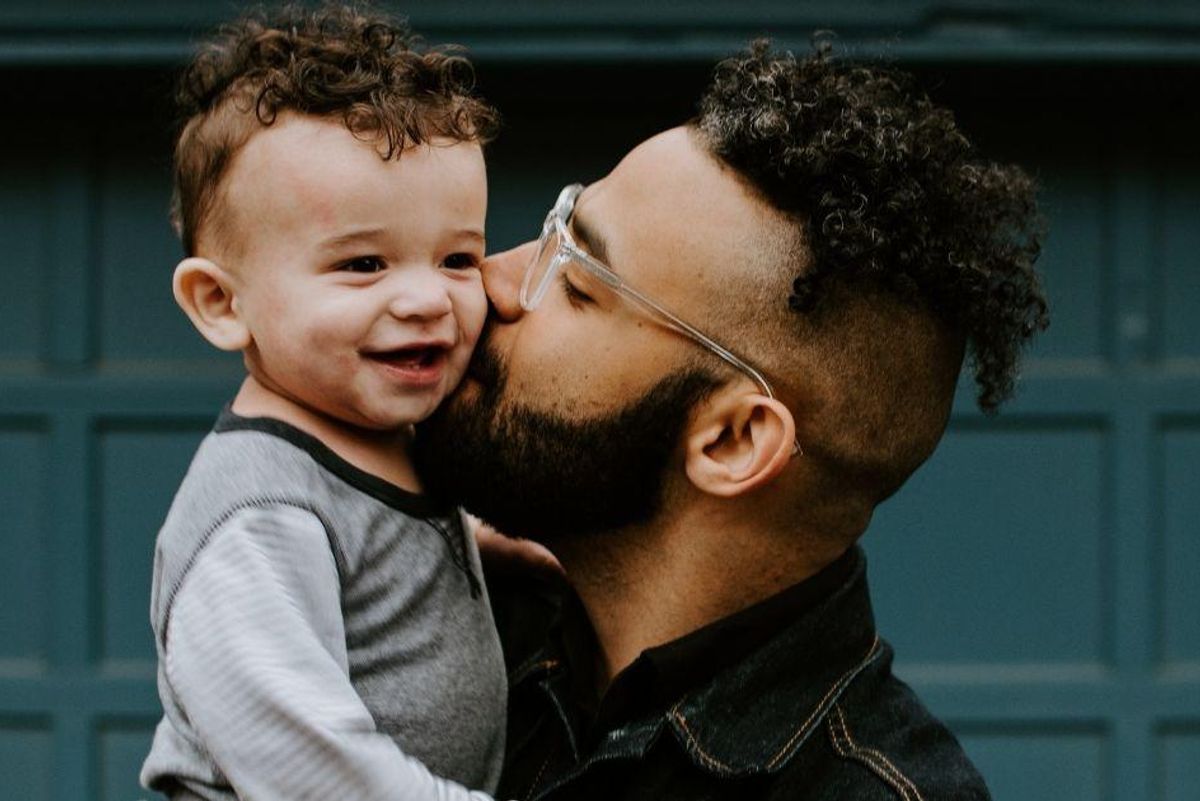
Families are beginning to receive direct monthly payments from the IRS, and some people seem to be confused about the what and the why of it. Heres' a brief explainer:
As part of the American Rescue Plan Act (passed by Congress and signed into law by President Biden in March), two things changed about the Child Tax Credit that families receive as part of their normal taxes. 1) The amount per child was increased, and 2) The distribution of those funds was changed for the year 2021.
Last year, the tax credit was $2,000 per child up to age 16, and the money was included in the calculation of a parent's tax return at tax time. (A tax credit is different than a tax deduction, just to be clear. It's basically a direct refund. A $2,000 tax credit is $2,000 handed back to you.)
This year, that tax credit amount was increased to $3,000 per child ages 6 to 17, and $3,600 per child under age 6. In addition to that increase, half of the tax credit amount will be paid out in monthly installments for the rest of 2021. The other half will be included in a person's tax return next spring, as usual.
The full increase amount impacts couples who earn up to $150,000 per year, or single parents making up to $112,500.
If you are a parent, you don't have to do anything to start receiving these payments as long as you filed taxes in 2019 or 2020. The money will come as a direct deposit or a check, depending on how you usually receive your tax return. If you didn't make enough income to file taxes those years, you have to sign up for the credit here.
President Biden explained briefly how it works on Facebook, but judging by the comments, the basic idea still isn't clear to many people. Some seem to have been unaware that parents always get tax credits for having children, and others believe that the extra funds are a free government handout instead of a financial hand-up that it's intended to be.
The COVID-19 pandemic took a particularly intense toll on parents, both logistically and financially—the extra funds for the tax credit increase come from the America Rescue Plan and are designed to strengthen the economy by putting more money back into the hands of working American families.
The Child Tax Credit changes in the American Rescue Plan only apply to the year 2021, but President Biden wants to extend this benefit beyond this year with the American Families Plan. Analysts have already called it a game-changer for child poverty. As The Atlantic reported:
"Despite the program not being targeted only toward low-income kids, our colleagues at Columbia University estimated that a child tax credit comparable to Biden's would cut child poverty by 45 percent. It would cut poverty among Black children by 52 percent and among Native American children by more than 60 percent."
Governments providing financial relief to citizens with children is nothing new. At least 10 wealthy nations provide universal child benefits to assist with the cost of child-rearing, either as a matter of course or as an incentive to counteract dwindling birth rates.
The White House website's information page about the Child Tax Credit for this year has some specific scenarios for families of various sizes and incomes to show how it works. But here's one real-world scenario:
My husband and I have two kids within the age range for the tax credit, and we make under the $150,000/yr income threshold. So here's the comparison between last year's tax credits and this year's for our family.
In 2020:
12 y.o. = $2,000
16 y.o. = $2,000
$4,000 total tax credits.
All $4,000 given at tax time.
In 2021:
12 y.o. = $3,000
16 y.o. = $3,000
$6,000 total tax credits.
Half ($3,000) will be distributed as $500 monthly payments from July through December of this year.
The remaining $3,000 will be given at tax time.
The one thing we have to be aware of is that while our family is receiving more money overall for 2021 ($6,000 vs. $4,000), we will see $1,000 less of a credit on our taxes than we saw last year come tax time, because of the distribution of half of the credits ahead of time. So more money in our pockets now, which is great. But we also need to make sure we're prepared for $1,000 less than we might have been anticipating on our tax return because we will have already received $3,000 in the form of the monthly payments.
For millions of families who have found themselves struggling due to job loss, furloughs, business shutdowns, childcare woes, and more, these increased child tax credits and advance payments will ease some of that economic hardship.
For more info go to www.whitehouse.gov/
- New Zealand raises minimum wage to $20/hour and increases ... ›
- Think young voters don't have power in this country? Think again ... ›
- Pennsylvania is investing in its future by giving every newborn a ... ›






 A woman takes a dark shower.
A woman takes a dark shower.